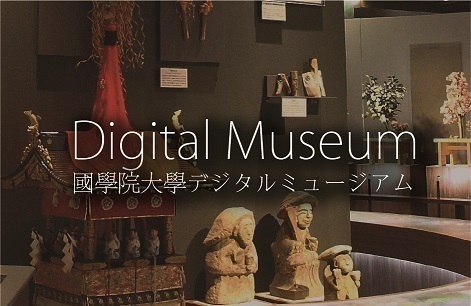- トップ
- Encyclopedia of Shinto
- Shishi-mai
Encyclopedia of Shinto
| Main Menu: | |
| Links: |
詳細表示 (Complete Article)
| カテゴリー1: | 5. Rites and Festivals |
|---|---|
| カテゴリー2: | Performing Arts |
| Title | Shishi-mai |
| Text | Lion dance. Also called shishiodori. A dance in which the performer wears decorative headgear made to resemble a lion's head (shishigashira). "Shishi" is a term that can also refer to wild animals in general, and there are also traditions of "deer" (kanoshishi, see shishi-odori) and "boar" (inoshishi) dances. Shishimai was introduced from the Asian mainland in ancient times as part of the arts of gigaku, bugaku, and sangaku. Originally, it took the form of a dancer performing while wearing a lion costume resembling a stuffed animal. Later it spread out among the common folk and came to be performed during the Kamakura and Muromachi periods along with sarugaku and dengaku, taking on the form seen today. Shishimai can be broadly divided into two-man and one-man varieties. In the former, one performer takes up the position of the head and the other the tail, thus forming a four-footed lion. There are also variations in which several performers form the body of the lion. A single performer plays the part in the latter, one-man variety, which is most frequently seen in eastern Japan. Lion dances are thought to have a variety of ritual and symbolic functions, including a display of force to ward off evil, prayers to protect farmland or for rain, harvest celebrations, and memorial services for wild animals. In addition to having been incorporated into the classic performing art of nō, shishimai can also be seen in kabuki, where such dances comprise a group of plays known as shakkyōmono. — Yonei Teruyoshi |





